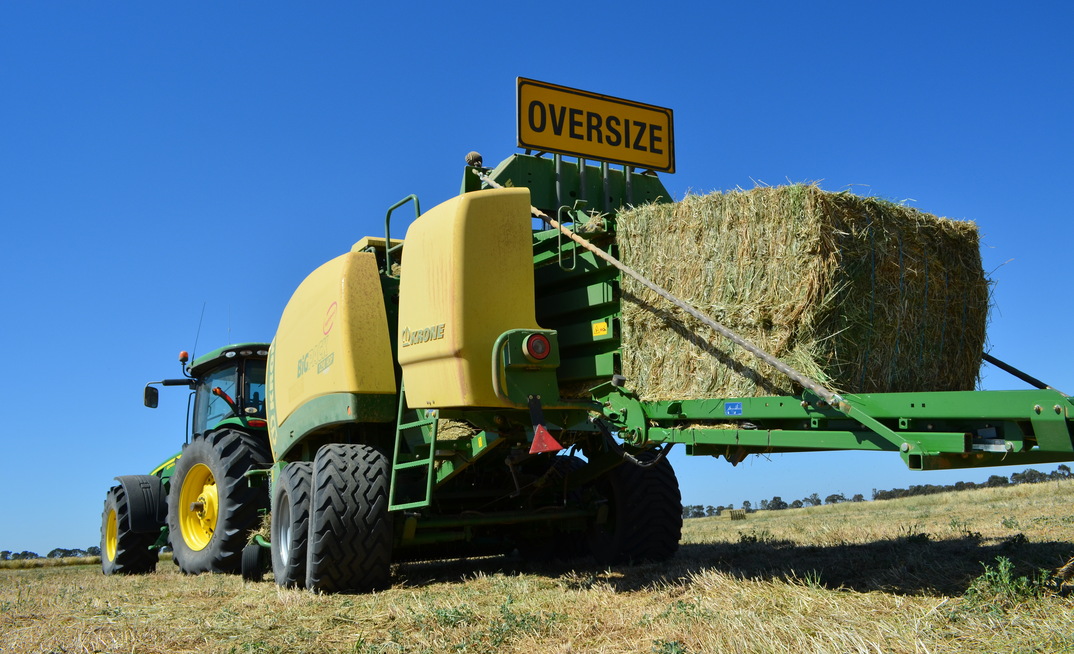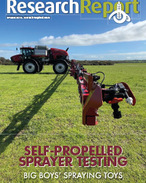WITH hay season in full swing, growers are being reminded to consider the unique dangers involved when working with hay and silage, and to put a plan in place to protect everyone on the farm.
As part of today's National Hay Safe Day awareness campaign, the Australian Fodder Industry Association (AFIA) is calling on farmers to reflect on safe practices when working and living around hay and silage bales.
AFIA chairman, Louis Kelly, emphasised the importance of planning, particularly during key stages of hay and silage production such as cutting, baling, transporting and storage.
"Like machinery maintenance and livestock and fencing checks, revisiting your safety practices should be part of your business regime," Kelly said.
YOU MIGHT ALSO LIKE
"A proactive safety plan is essential for all farms, but with fodder and the movement and storage of bales in excess of 650 kilograms, the risk of falling and crushing injuries and fatalities adds extra elements to consider in your safety plan."
OVER 70 PER CENT OF FARM DEATHS INVOLVE VEHICLES
Safe Work Australia data shows from 2008-09 to 2022-23, being hit by moving objects accounted for 41.1 per cent of fatalities in agriculture and 27.2 per cent of serious claims. Vehicle incidents and "other" caused a further 40.2 per cent of fatalities, with 7.9 per cent of deaths and 24.4 per cent of serious claims due to falls trips and slips.
It statistics also show 72.7 per cent of all farm deaths involved vehicles, with 149 people killed over the period while transporting people or freight, and an additional 40 fatalities occurring due to incidents involving loading and unloading vehicles.
ON-FARM SAFETY PRACTICES PREVENT ACCIDENTS
"Making safety practices part of everyday habits on your farm can help prevent accidents," Kelly said.
"For example, keeping machinery well maintained, educating people about on-farm traffic plans, and moving, stacking and storing hay in a safe and stable manner, can help to keep your family, workers and visitors safe, particularly during busy or stressful times."
AFIA has developed a checklist in collaboration with Safe Ag Systems for this year's National Hay Safe Day, focused on the importance of planning.
The resource covers machinery and equipment maintenance, safe hay transportation, best practices for safely loading, unloading and stacking hay, keeping people safe on the farm, preparing for emergencies and safe hay storage.
AFIA has also released a range of other safety briefs on tractors, quad bikes, telehandler, with traffic management plans and safety signage, which are available on the AFIA website.
























